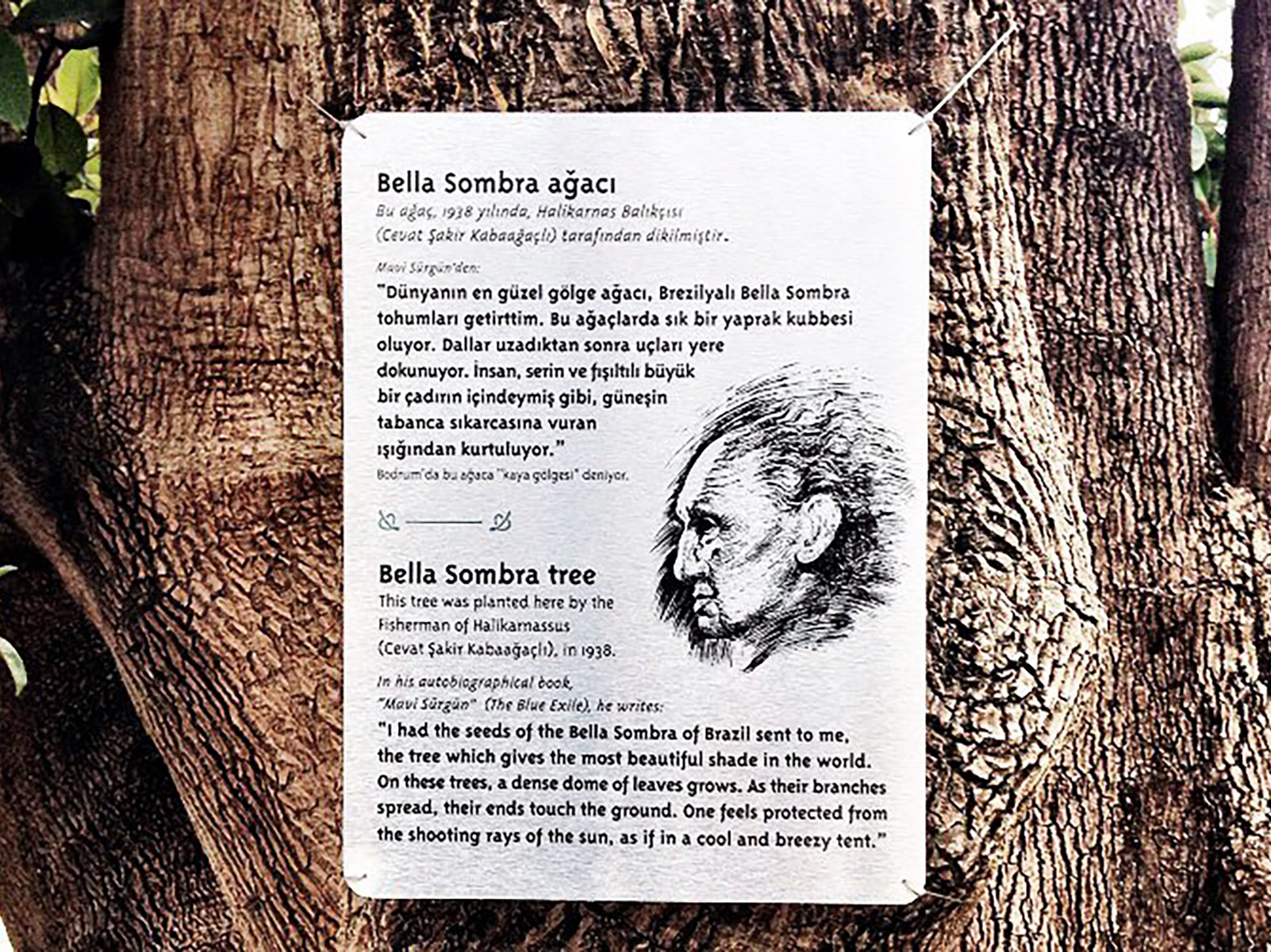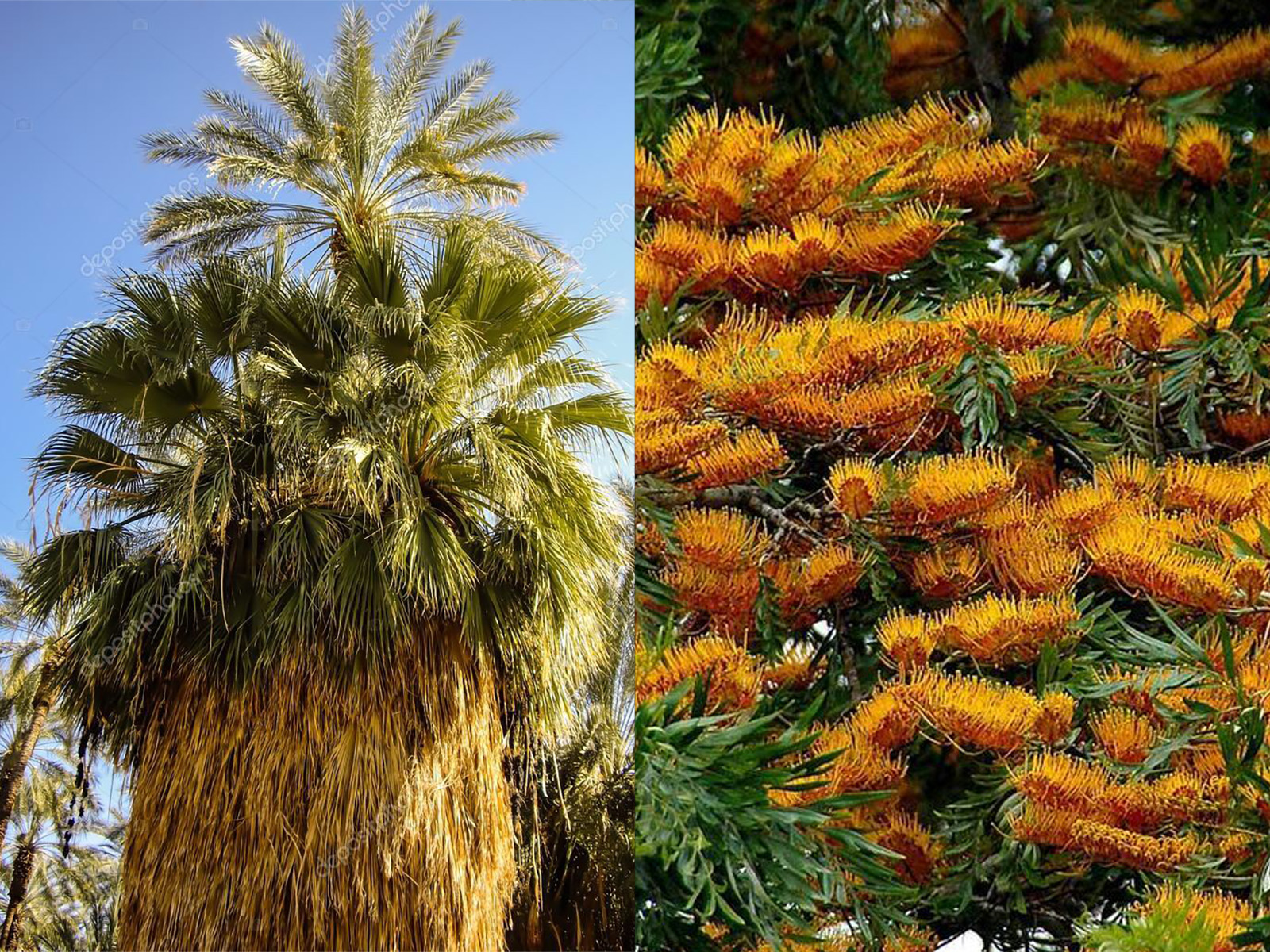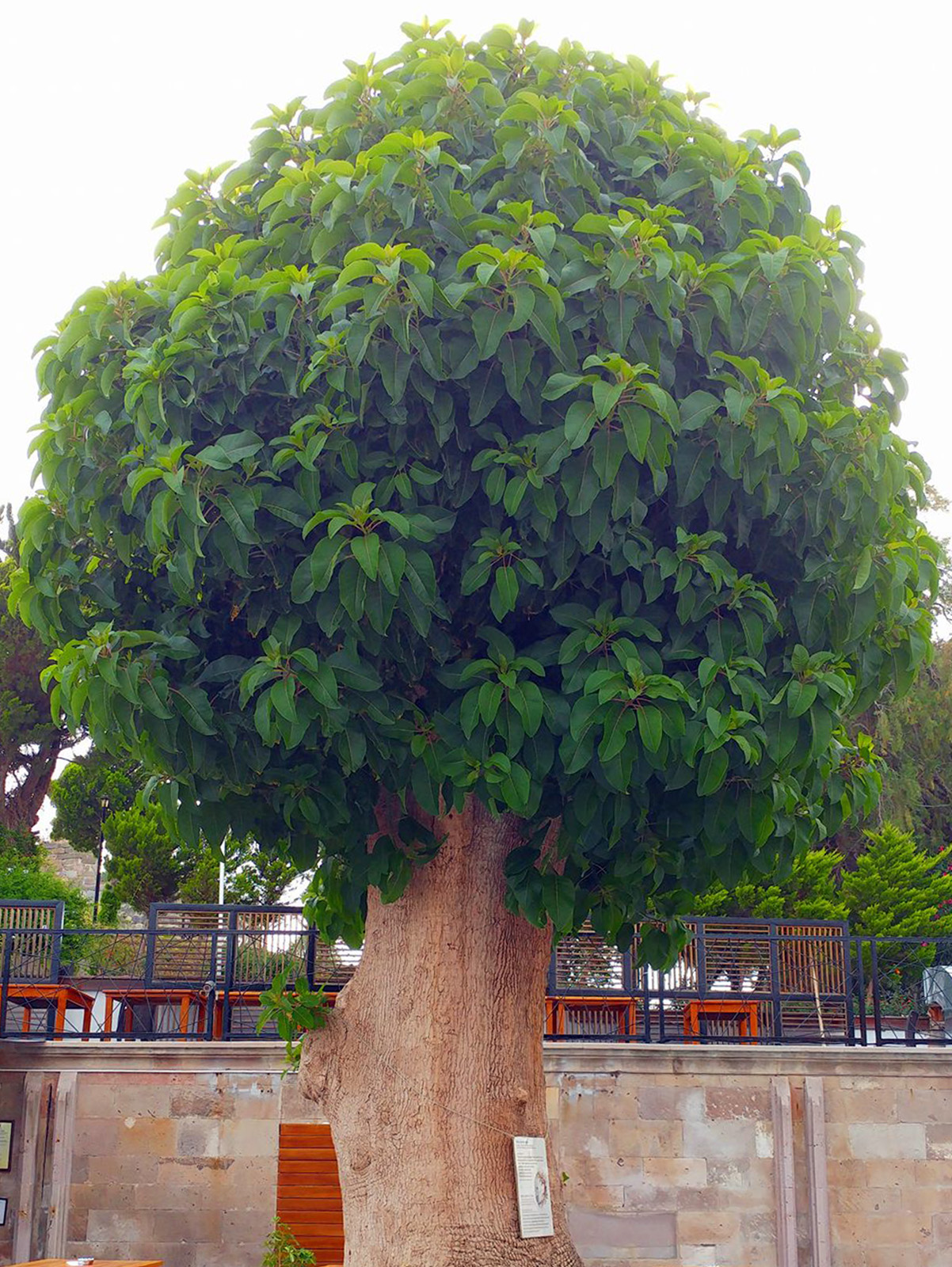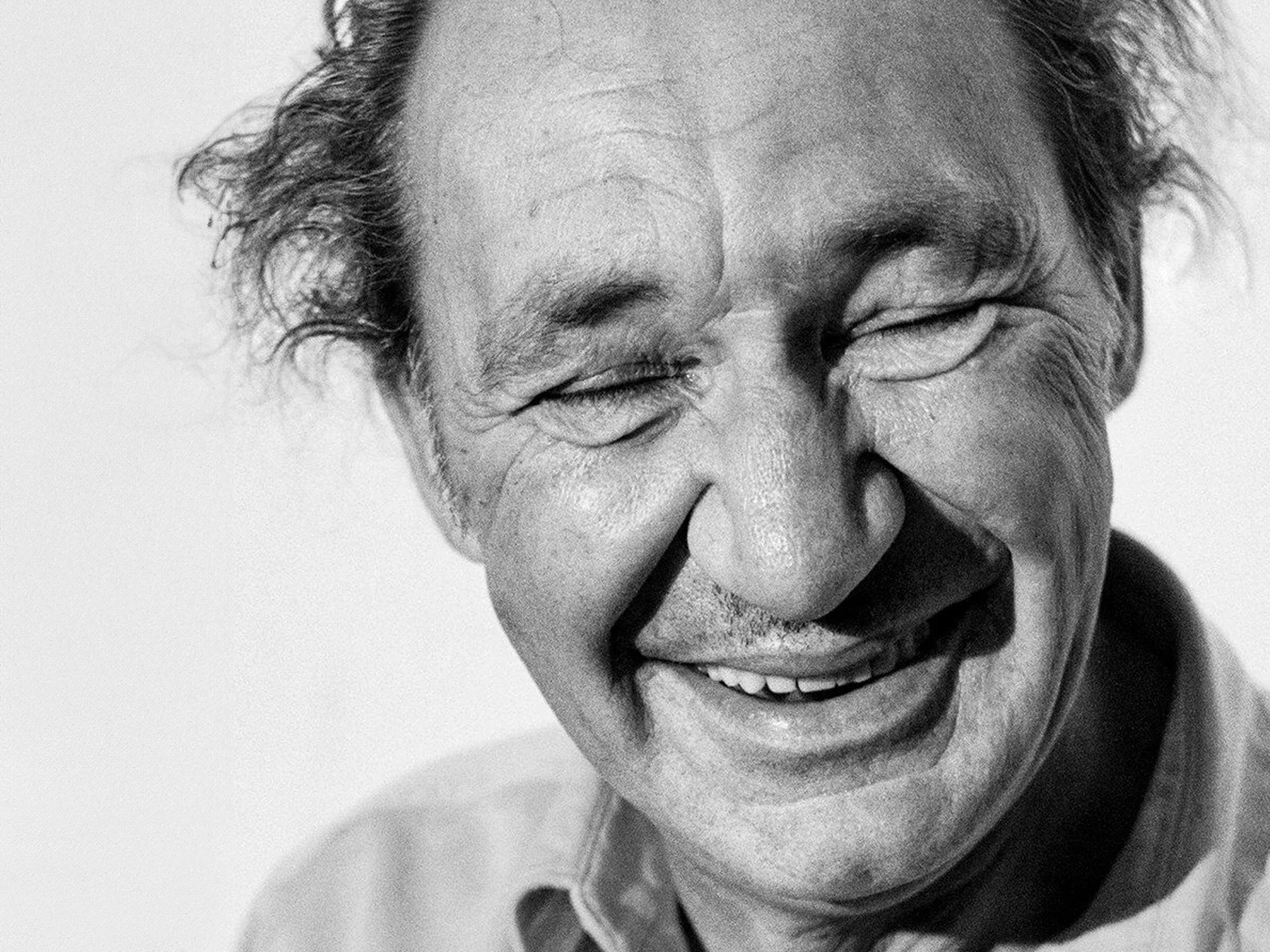Yalova’s crazy guests
We all know the Fisherman of Halicarnassus for his beautiful books and his passion for the sea, which he could not get enough of describing in his books. However, it is not well known that he was a real botanist and that he left important works to nature in addition to his books.
Fisherman of Halicarnassus's curiosity for gardens, which began in his childhood in the family mansion in Büyükada, was revived years later in Bodrum, where he was exiled for an article he had written. In 1925, he arrived in Bodrum, first on horseback with a gendarme at his head, then on foot, "çaltaban" as he called it, and fell in love with Bodrum, but realized that something was missing. Bodrum is indeed a treeless and very bare geography. The fisherman writes the following sentence in his notebook: "Bodrum was like a naked woman sleeping on the sand on the shore."
Then he decides that he will add every shade of green to the extraordinary blue of Bodrum.

When he came to Istanbul to complete the last part of his sentence, he devoted most of his time to this subject. Utilizing foreign language sources, he identifies plants suitable for the climate of the region. He collected seeds from Istanbul and Büyükada. Once, when he saw a bearded palm tree in the garden of Trotsky's house, he climbed it. He was caught stuffing the seeds into his pockets and barely escaped. His devotion to nature is so strong, his excitement so great, that he did not refrain from taking risks for a few seeds while his sentence is being served.
The fisherman ordered the seeds he cannot find in Istanbul from Paris and London. He brought seedlings from Sicily. A 1965 delivery note invoice documents that he traveled as far as Australia, ordering different seeds from there. The letters he wrote for these orders were so well received by foreigners that they were read aloud in the companies.

The fisherman did not only plant himself; he distributed seeds, seedlings and pots from hand to hand. He cared most about citrus fruits, encouraging locals to plant tangerines and oranges. He introduced Bodrum to 18 different citrus varieties. His main concern was to introduce the vitamin C-rich "grapefruit" to the country. He became such an expert in this field that he wrote a handwritten, 300-page guidebook that circulated for years and then disappeared. One by one, he answers questions from farmers from Finike and Antalya across a huge geography.
When he went to Izmir, he tracked the weather. He would send a telegram. "Cover the seeds," he would say, "they cut down the trees in front of the bathhouse, you took the seeds, didn't you?" He was not idle there either, he reforested the Kordon and planted a rich flower garden in the Fairgrounds.

Aside from citrus fruits, he filled Bodrum with plants and flowers never seen there before. He planted "bella sombra", known for the beauty of its shade. Bodrum's eucalyptus, palms, persimmons, oleanders, mimosas, pomegranate bougainvillea were all born from his hands. North American strawberry kokitos with passionflower leaves, lead scalloped brahea and many more. According to his own notes, he brought 45 kinds of seeds and seedlings. All the flora we see today as a natural part of Bodrum's landscape is in fact partly his work.
Although the great contribution of the Fisherman of Halicarnassus to Bodrum and the agriculture of the southern provinces is not well known today, even though billboards are rising in place of the trees he planted and summer housing estates are rising in place of the gardens he planted, his labor continues to find its place. The seeds he planted continue to spread from village to village, from bay to bay, with the southwesters, the breezes and the southeasters.
Photographs: Ara Güler and archive


